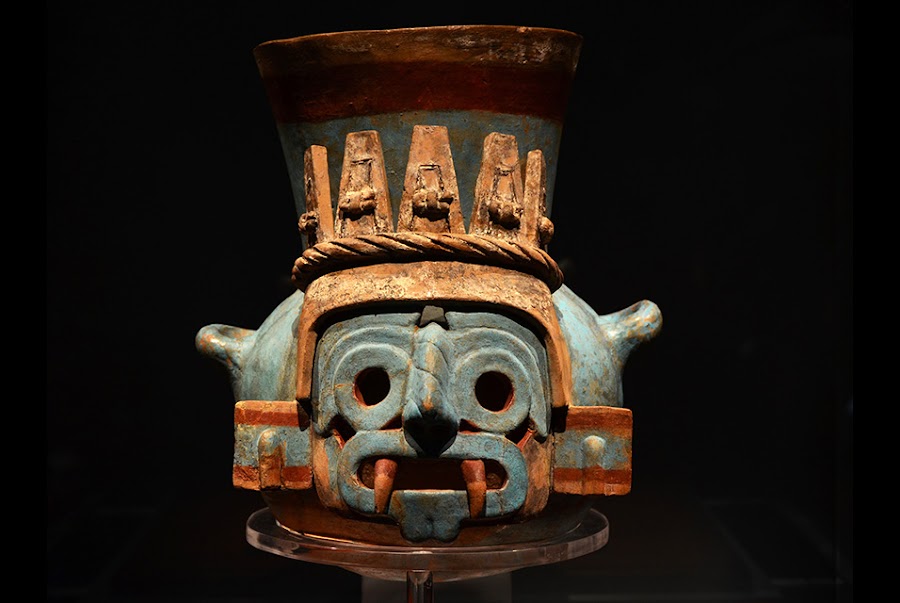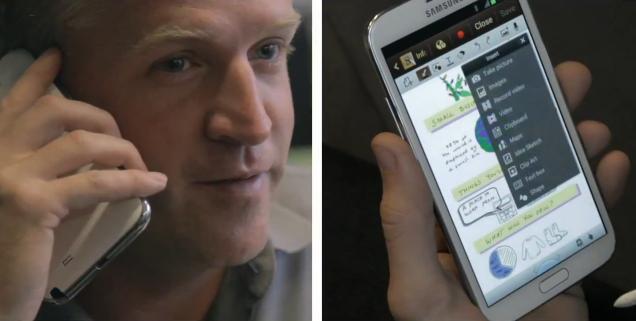ShowBusinessMan [Search results for education]
Lowe Campbell Ewald's "I Can Soar" Created Ad for the Education Achievement Authority

Ontario Kids Stick It To Fast Food Urge Us All To Join In Boycott

Toronto Teachers Launch FoodaGram Web App

A Message from the False Advertising Industry in "Only Organic" New Campaign

The Great Barrier Reef [video]
![The Great Barrier Reef [video]](https://blogger.googleusercontent.com/img/b/R29vZ2xl/AVvXsEiOGG_fwFmondvjHwEVf0OMl_xGU2gylPzD98kWnmk8O1r0t1vEpAHRfTvJwdnQebBF_WzvRGHjl168sPfb0chNFXmKo6vmt7pk5m73AsCAsNBhoiCrkBEgKT81wP72173ASpBKDJBep0Q/s800/world.jpg)
Celebrity PSA Launch The Respect Challenge

Youth Awareness Week "I Shared A Photo" PSA Online Film

Kenco - Coffee vs Gangs TV Advert

Bringing the Brisbane International Film Festival (BIFF)

The Rock "Got Milk" Commercial To Debut During Super Bowl XLVII

Statue of Freedom

The horse: from Arabia to Royal Ascot at The British Museum

'The Aztecs, People of the Sun' at Pointe-à-Callière in Montreal

Samsung Celebrates Amazing People In "Create The Future" Ad Campaign

Santa Raps The Google Search Tips | Google Santa Rap Video
